MANNER Torque Measuring Flanges
Torque Measuring Flanges with Approval for Ships
MANNER has expanded its portfolio of torque measuring flanges to cover higher measuring ranges. The tried and tested design of the short torque measuring flange is now also available for measuring ranges above 1,000 kNm. The flange is characterized by a compact form offering high overload resistance. This technology is useful in many areas of application, and for years has proved to be of particular value in the shipbuilding industry. Through the use of our digital sensor telemetry, acquiring the measurement signals from the rotor is a straightforward process. Typical 10 mm radial clearances between rotor and stator and axial displacement paths of 100 mm can be realized easily.
Another option is the non-contact measurement of the speed signal by means of ring gear and sensor. This robust design has been proven in practice.
Particularly noteworthy is the extended network capability in our products. In addition to the available network connections USB, CAN and Ethernet (TCP/IP), we now provide EtherCAT connections to help integrate the torque sensor seamlessly into existing EtherCAT networks. EtherCAT technology offers enormous advantages in particular with large test rigs. The real-time protocol allows control processes for torque-controlled drives. The standard version of MANNER torque measurement technology delivers 6,700 readings/second. The decoupled acquisition and bus processes mean that the user is free to select a sampling frequency in the EtherCAT bus system. The use of the Ethernet hardware platform gives the option of using fibre-optic cables, which support large transmission distances of several kilometres and ensure a completely interference-free transmission of the measured values – even under harsh EMC‑conditions.
Utilizing digital sensor telemetry helped to further optimize system accuracy for hysteresis and linearity and improve on the 0.05% results. With this sensor generation, the torque values are already digitized in the rotor with 16 bits. For extremely high-precision applications, the torque values are acquired in the rotor with a 24 bit resolution. This makes MANNER the first provider to offer such high resolution at maximum accuracy for rotating torque sensors.
High-quality Combination Measurement Flanges for Torque and Axial Force
The company, MANNER Sensortelemetrie, has extended its range of measuring sensors specifically developed for the test rig environment with a new feature.
In particular with cardan shaft test rigs, the measurement of axial forces is a key factor in addition to dynamic torque. It is known axial forces and bending moments are generated at the bending angle of a cardan shaft. The axial forces should be minimised as they put considerable strain on the bearings and cause wear.
With fan, propeller or pump test rigs, the generated dynamic axial force is an important factor in addition to torque. A combined and crosstalk-free measurement of these values presents a particular challenge.
Previous concepts only permitted precise measurement of axial force for large values compared to the torque.
The company, MANNER, has developed a compact sensor specifically for this task, which also achieves the highly accurate detection of comparatively small axial forces with the lowest crosstalk. This sensor can measure axial forces with an accuracy of 0.1% and torque with an accuracy of 0.05% which is standard today.
This provides MANNER as a centre of excellence for special-purpose sensors with yet another unparalleled tool.
The rotating sensor automatically transmits the simultaneously measured values via contactless sensor telemetry for data logging. Digital sensor telemetry has significantly improved the system accuracy. With the new sensor generation, the torque and axial force values are already digitized in the rotor with 16 bits at 4,000 values/sec. Optional higher sampling rates are also available.
The comparatively large signal transmission range between the rotational antenna and the compact pick-up, as well as the robust design, not only guarantees easy handling but have also proven highly successful in practice. Data transmission to the test rig controller typically uses networks USB, CAN, Ethernet (TCP/IP) and EtherCAT. Of course, classic analogue output signals are still available, too.
is expired!
Use our search-function for current products ...



